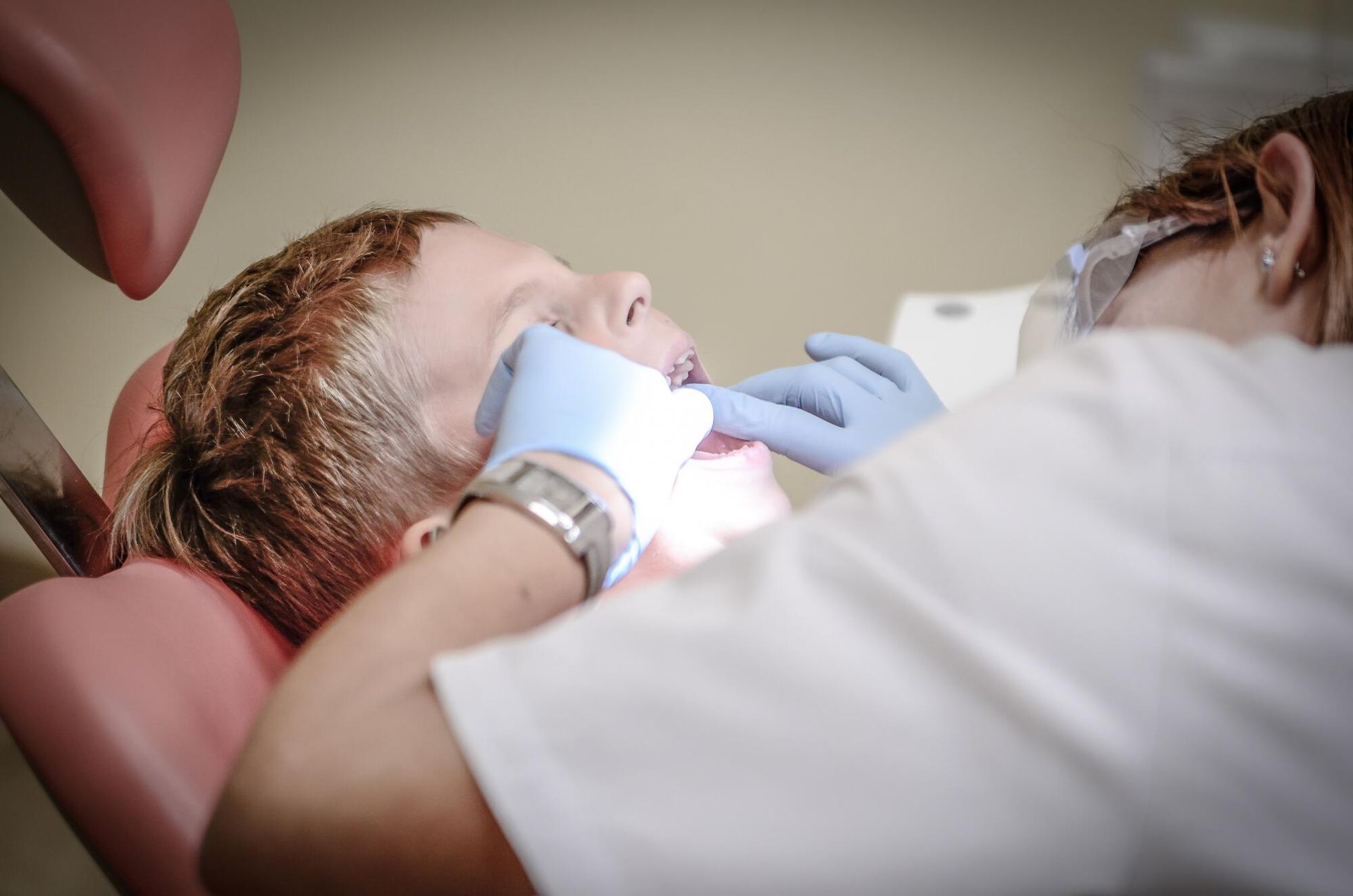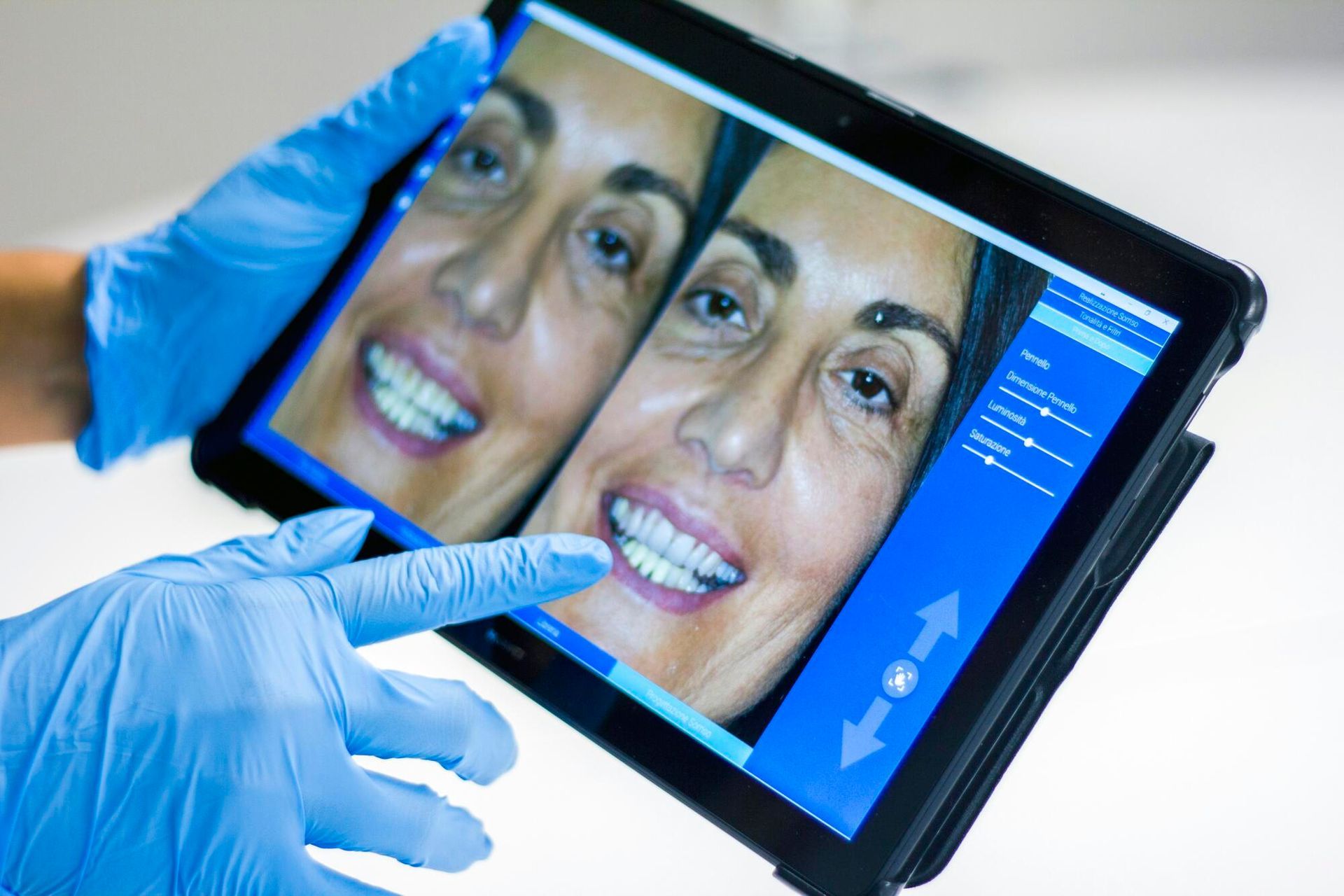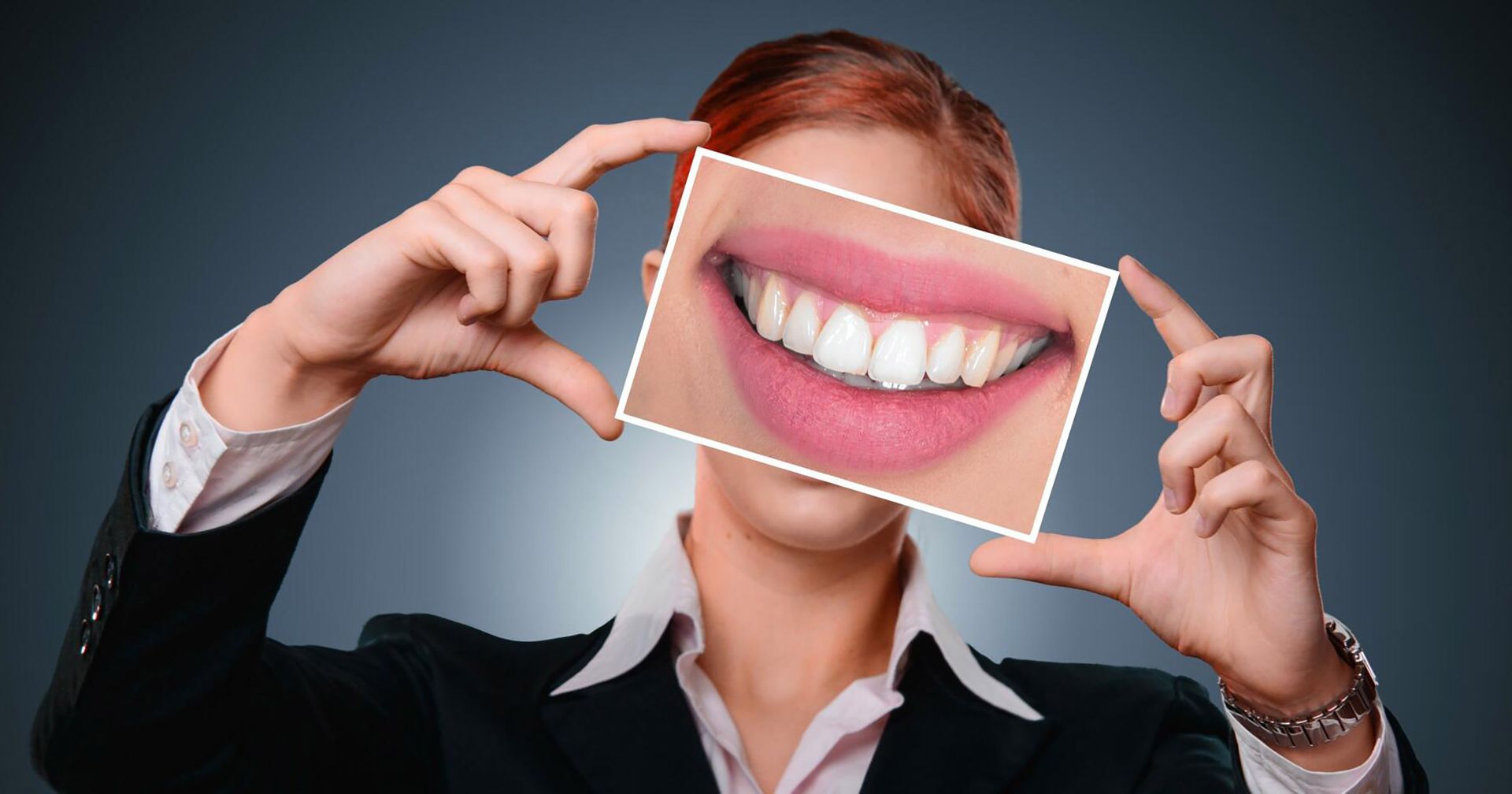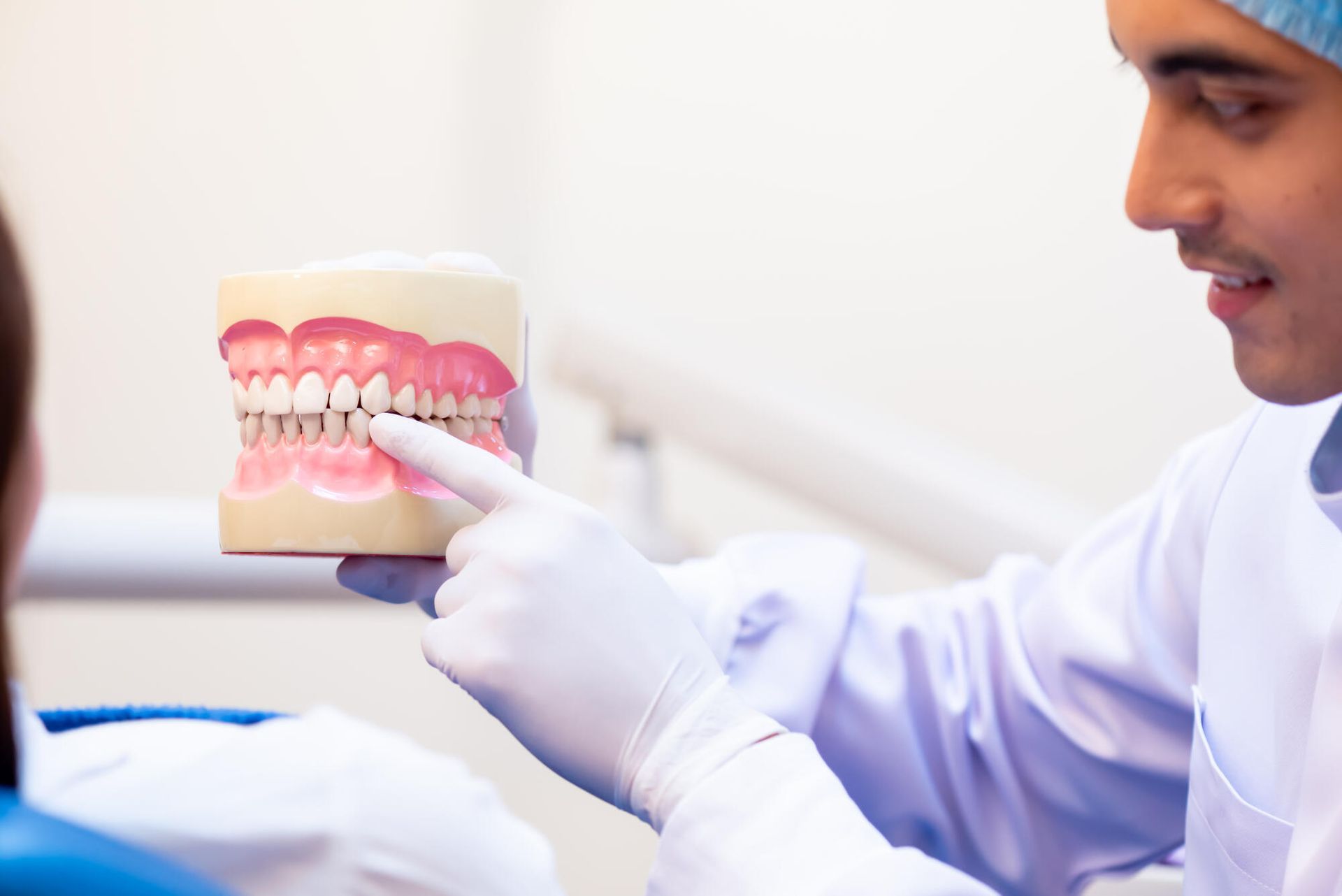Is Crown Lengthening Painful? A Patient's Guide
Quick question: when you hear the words "dental surgery," what springs to mind?
For most people, pain is one of the first concerns. Climbing into the dentist's chair for a treatment like crown lengthening can be intimidating, especially when you don't know what to expect.
The good news is that the vast majority of dental surgeries involve little to no pain. If you've been considering crown lengthening to improve your oral health or the look of your smile, you've likely wondered, "Is crown lengthening painful?"
Rest assured that the sensation is nowhere near what you might imagine! Let's take a look at what to expect from this routine procedure.

Is Crown Lengthening Painful?
You can breathe a sigh of relief: the crown lengthening process should not be painful!
As with most surgical dental procedures, you'll get a local anesthetic to relieve pain. This medication may be an injection or topical treatment. With an injection, you may feel a small pinching sensation.
These anesthetics work fast, often taking effect within a few minutes. They will last for at least the length of your procedure. With the anesthetic in effect, the surgical area should feel numb.
You may feel a sensation of pressure or tingling as your dentist performs the crown lengthening. However, this shouldn't cause any pain. If you feel an ache, let your dentist know right away!
If you prefer, you can also opt for sedation during your procedure. This can help you relax and minimize anxiety. Depending on the type of sedation you and your dentist choose, you may be awake and relaxed or under deep sedation to keep you still.
Keep in mind that the crown lengthening steps will likely cause discomfort after your procedure.
During the oral surgery, your dentist will cut into your gums to expose the tooth root below. You will experience bleeding, as the soft tissue of your mouth will be damaged in the process. Healing from these incisions will involve mild pain.
What About the Crown Lengthening Recovery?
As the anesthesia wears off after your procedure, you may start to feel discomfort.
Some of the most common side effects of crown lengthening include swelling, redness, and soreness. You may also notice increased sensitivity to hot and cold foods, but this should go away in time.
Your dentist will discuss aftercare steps to help you heal, deal with pain, and start the recovery process.
Routine Changes
Your dentist will recommend resting for a few days after your procedure. You should avoid any strenuous physical activity, which can sometimes delay healing or cause your gums to bleed.
Avoid hot foods for 24 hours after your procedure. These foods can sometimes cause bleeding to last longer. Soft foods can also help minimize pain.
After your procedure, your dentist will place a dressing around the surgical site to curb bleeding. You'll need to leave this in for as long as your dentist recommends, often one to two weeks. They may also give you a stent or upper denture to keep in place for the first 24 hours after your procedure.
Make sure to attend any follow-up appointments you have scheduled! These give your dentist a chance to check the surgical site, replace dressings, and monitor the healing process.
Recovery Timeline
Every patient will have a different recovery timeline. However, as a general rule of thumb, you can expect full healing within around six to eight weeks. Before your full healing is complete, you'll be able to resume your normal eating, drinking, and speaking habits.
How Do You Deal With the Pain?
During the early days after your procedure, your dentist will recommend a few tips for dealing with pain. Here are some of the tips they'll likely offer:
Taking Pain Relievers
Your dentist may recommend OTC pain relievers or provide a prescription. Make sure you're taking only the types of medications they advise, as certain blood-thinning pain relievers may not be ideal after surgery.
Use Ice Therapy
To reduce swelling and relieve pain, ice therapy can be a huge help. Your dentist will likely tell you to use ice therapy on and off for the first 24 hours after your surgery whether you feel pain or not. This can keep any inflammation from getting worse.
When using ice therapy, always wrap the ice pack in a towel or cloth. Place it against the outside of your mouth, never against your gums!
Brush and Floss With Care
To keep from re-injuring the surgical site, be careful when you brush and floss. Your dentist may recommend skipping the surgical area during cleaning for the first day or so after your surgery. Don't use mouthwash except what your dentist prescribes, if any.
When Should You Call Your Dentist?
There's a small risk of complications like inflammation or infection with any type of surgery, no matter how minimal the procedure is. That's why it's important to be on the lookout for symptoms that could raise a red flag.
If you have a dental emergency that causes damage or bleeding, call your dentist right away. They may need to treat and re-dress the area. You should also call your dentist if at any point you can't stop the bleeding from your gums.
If you notice severe sensitivity or pain that hasn't receded within a few days of your procedure, alert your dentist. This is especially true if the pain gets worse, not better.
Be on the lookout for signs of infection as well. Lasting redness, fever, extreme pain, or discolored gum tissue are signs that something has gone wrong.
Crown Lengthening for Healthy Teeth
Though you may understandably feel nervous about any new dental treatment, keep in mind that crown lengthening is considered a safe, routine procedure. Our expert staff is adept at offering painless procedures and helping patients minimize any aches during recovery. There's no reason to worry about this simple treatment!
Now that you've stopped wondering "Is crown lengthening painful?" it's time to reach out for a healthier smile. Dental Arts of Catoosa is happy to create personalized treatment plans to help you achieve peak dental health, and our evening and weekend schedule makes it easy to get the help you need. Contact us to learn more or book an appointment online!










